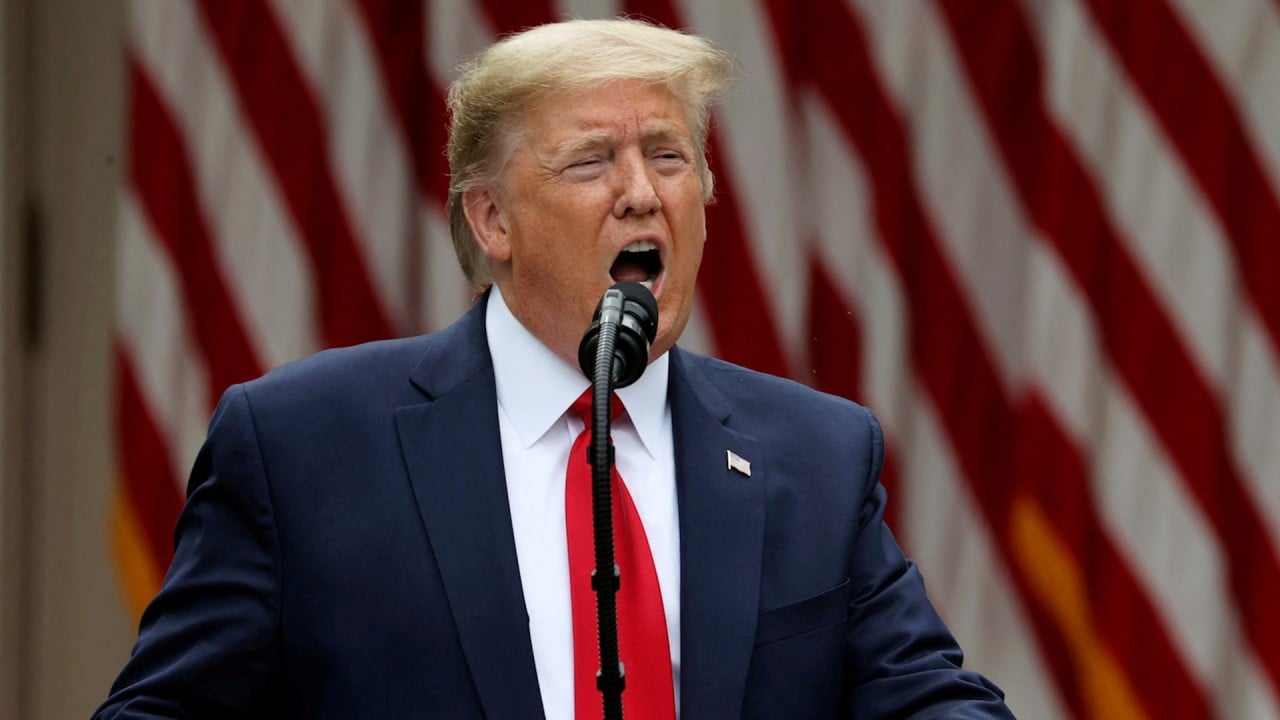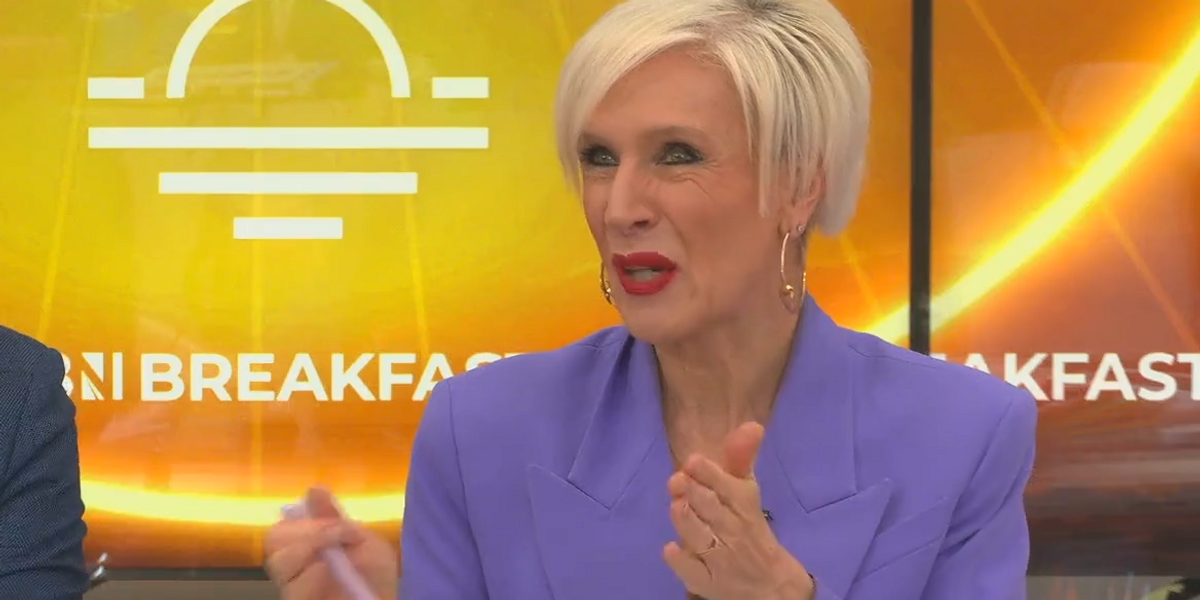Following his election on November 5, US president-elect Donald Trump has moved quickly to nominate candidates for top spots in his administration, a notable contrast with the start of his first term in 2017, when – in keeping with other new presidents – it took weeks to name and seat his preferred lieutenants.
Under US law, cabinet heads and other top picks must be confirmed by the Senate. The authors of the US Constitution established the system to provide a check on executive power amid concern that the president not acquire kinglike powers.
In Trump’s history of unconventional, norm-busting moves, tee up one more: a proposal on social media to make wholesale use of recess appointments to muscle through his nominees for top spots in his cabinet and other leading roles.
Recess appointments would let him install his nominees without lengthy hearings or Senate votes.

02:54
Trump threatens new anti-drug tariffs on ‘day 1’ for China, Canada, Mexico
Trump threatens new anti-drug tariffs on ‘day 1’ for China, Canada, Mexico
Such a recess would not occur for weeks, until some point after Trump becomes president on January 20, 2025. But it is more than a hypothetical: during his first term, numerous cabinet secretaries were dismissed or left, and Trump took to naming “acting” secretaries and deputies – another form of temporary tenure that avoided Senate review.

 By South China Morning Post | Created at 2024-11-29 18:46:22 | Updated at 2024-11-29 22:01:04
3 hours ago
By South China Morning Post | Created at 2024-11-29 18:46:22 | Updated at 2024-11-29 22:01:04
3 hours ago








